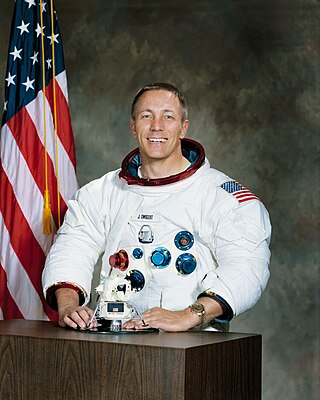
John Leonard Swigert Jr. was an American NASA astronaut, test pilot, mechanical engineer, aerospace engineer, United States Air Force pilot, and politician. In April 1970, as command module pilot of Apollo 13, he became one of 24 astronauts who flew to the Moon. Ironically, due to the "slingshot" route around the Moon they chose to safely return to Earth, the Apollo 13 astronauts flew further away from Earth than any other astronauts before or since, though they had to abort the Moon landing.

Guion Stewart Bluford Jr. is an American aerospace engineer, retired United States Air Force (USAF) officer and fighter pilot, and former NASA astronaut, in which capacity he became the first African American to go to space. While assigned to NASA, he remained a USAF officer rising to the rank of colonel. He participated in four Space Shuttle flights between 1983 and 1992. In 1983, as a member of the crew of the Orbiter Challenger on the mission STS-8, he became the first African American in space as well as the second black person in space, after Cuban cosmonaut Arnaldo Tamayo Méndez.
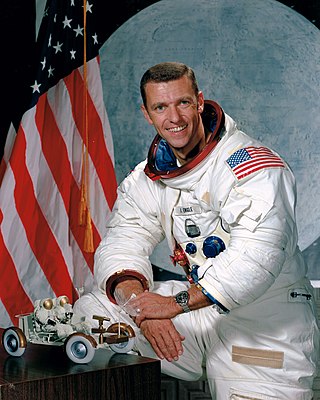
Joe Henry Engle is an American pilot, aeronautical engineer and former NASA astronaut. He was the commander of two Space Shuttle missions including STS-2 in 1981, the program's second orbital flight. He also flew two flights in the Shuttle program's 1977 Approach and Landing Tests. Engle is one of twelve pilots who flew the North American X-15, an experimental spaceplane jointly operated by the Air Force and NASA.

Charles Gordon Fullerton was a United States Air Force colonel, a USAF and NASA astronaut, and a research pilot at NASA's Dryden Flight Research Facility, Edwards, California. His assignments included a variety of flight research and support activities piloting NASA's B-52 launch aircraft, the Boeing 747 Shuttle Carrier Aircraft (SCA), and other multi-engine and high performance aircraft.

William John "Pete" Knight was an American aeronautical engineer, politician, Vietnam War combat pilot, test pilot, and astronaut. He was one of twelve pilots who flew the North American X-15, an experimental spaceplane jointly operated by the U.S. Air Force and NASA. He was also selected for participation in the X-20 Dyna-Soar program.

Robert Aitken "Bob" Rushworth was a United States Air Force major general, World War II, Korean War and Vietnam War pilot, mechanical and aeronautical engineer, test pilot and astronaut. He was one of twelve pilots who flew the North American X-15, an experimental spaceplane jointly operated by the Air Force and NASA. He flew 34 of the program's 199 flights, more than any other pilot.

Iven Carl "Kinch" Kincheloe Jr. was an American pilot. He served in the U.S. Air Force during the Korean War, in which he was recognized as a flying ace. He continued as a test pilot after the war, participating in the Bell X-2 program, in which he set an altitude record of 126,200 feet (38,470 m) in 1956. For this suborbital flight above most of the atmosphere, he became known as "The First Spaceman". He was selected for the Air Force's program to put a man in space, but was killed in a plane crash in 1958.
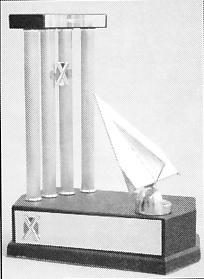
The Iven C. Kincheloe Award recognizes outstanding professional accomplishment in the conduct of flight testing. It was established in 1958 by the Society of Experimental Test Pilots in memory of test pilot and Korean War ace Iven C. Kincheloe, United States Air Force, who died during flight testing.

Brigadier General Frank Kendall "Pete" Everest Jr. was a U.S. Air Force officer who is best remembered as an aeroengineer and test pilot during the 1950s.

Anthony W. LeVier was an American air racer and test pilot for the Lockheed Corporation from the 1940s to the 1970s.
Herman Richard Salmon, nicknamed "Fish", was a barnstormer, air racer, and test pilot for the Lockheed Corporation.

Alvin Swauger White was an American test pilot and mechanical engineer. He flew the maiden flights of both XB-70 Valkyrie aircraft, the first 2,000 mph (3,200 km/h) flight, and all subsequent Mach 3 exploration flights.
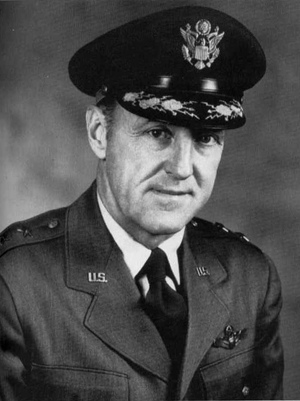
Albert G Boyd was a pioneering test pilot for the United States Air Force (USAF). During his 30-year career, he logged more than 23,000 hours of flight time in 723 military aircraft. When he retired in 1957, he had flown every aircraft type operated by the USAF, including attack, cargo, trainer, fighter, experimental, bomber, mission trainer, liaison, observation, and general aviation planes and helicopters.

The James H. Doolittle Award is an honor presented annually by the Society of Experimental Test Pilots. It is an award for "outstanding accomplishment in technical management or engineering achievement in aerospace technology". The award consists of a perpetual trophy on permanent display at SETP headquarters, and a smaller replica presented to the recipient. It is named after General James Doolittle, famous for the Doolittle Raid on Tokyo during World War II.
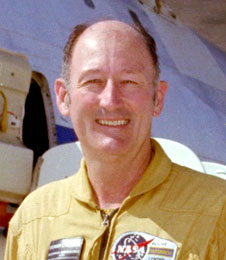
Fitzhugh L. "Fitz" Fulton, Jr., , was a civilian research pilot at NASA's Dryden Flight Research Center, Edwards, California, from August 1, 1966, until July 3, 1986, following 23 years of distinguished service as a pilot in the U.S. Air Force.

Robert L. "Silver Fox" Stephens was a United States Air Force test pilot who set several speed and altitude records while testing the Lockheed YF-12 and SR-71.
The Ray E. Tenhoff Award recognizes the most outstanding technical paper presented at the annual Society of Experimental Test Pilots (SETP) Symposium in Los Angeles, California. The award was established in 1962 and is given in memory of Convair test pilot, Ray E. Tenhoff, founder and first president of SETP. Tenhoff was killed in B-58 Hustler accident on April 22, 1960.
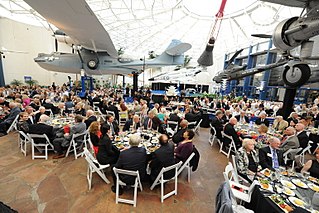
The International Air & Space Hall of Fame is an honor roll of people, groups, organizations, or things that have contributed significantly to the advancement of aerospace flight and technology, sponsored by the San Diego Air & Space Museum. Since its founding in 1963, over 200 individuals have been inducted into the Hall, with new additions inaugurated at an annual gala.


















